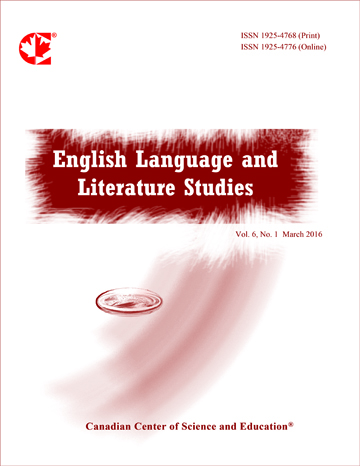An Analysis of the Images in Hayao Miyazaki’s Movies from the Perspective of Cognitive Metaphor
- Yanhong Qu
- Shuo Cao
Abstract
Hayao Miyazaki’s (born on January 5, 1941 in Tokyo), is a Japanese animator, animation producer, cartoonist, animation director, and animation screenwriter. His movies have lasting impact. Based on the conceptual metaphor theory of cognitive linguistics, this study analyzes the multi-modal metaphors in his animated movies to explore his cognitive needs behind his creation and find out how these metaphors are generated. This paper uses the method of qualitative analysis and comprehensively analyzes the images, aiming to answer two questions: 1) What are the multi-modal metaphors in his animated movies? 2) What cognitive needs and creative motivations do these multi-modal metaphors reflect in his movies?
In this paper, five of Miyazaki’s animated movies are employed to analyze the images in it. The secondary data was collected from the website of movies. The results of the study showed that there is a large number of non-textual metaphors in his movies, such as: Pig, Totoro, Oil house, Chihiro, Animals, Fire, Bridge, Tain, and so on. These multimodal metaphors reflect the cognitive needs and psychological motivations behind his creations. Through the analysis of Hayao Miyazaki himself, basic color, emotions, space, daily habits, national culture and other metaphorical cognition in his movies, we have a full understanding of metaphorical cognition, language and culture, national psychology and thinking habits in the process of his creation. The findings are of great importance to the cognitive study of metaphors in the field of animated movies.
- Full Text:
 PDF
PDF
- DOI:10.5539/ells.v13n3p13
